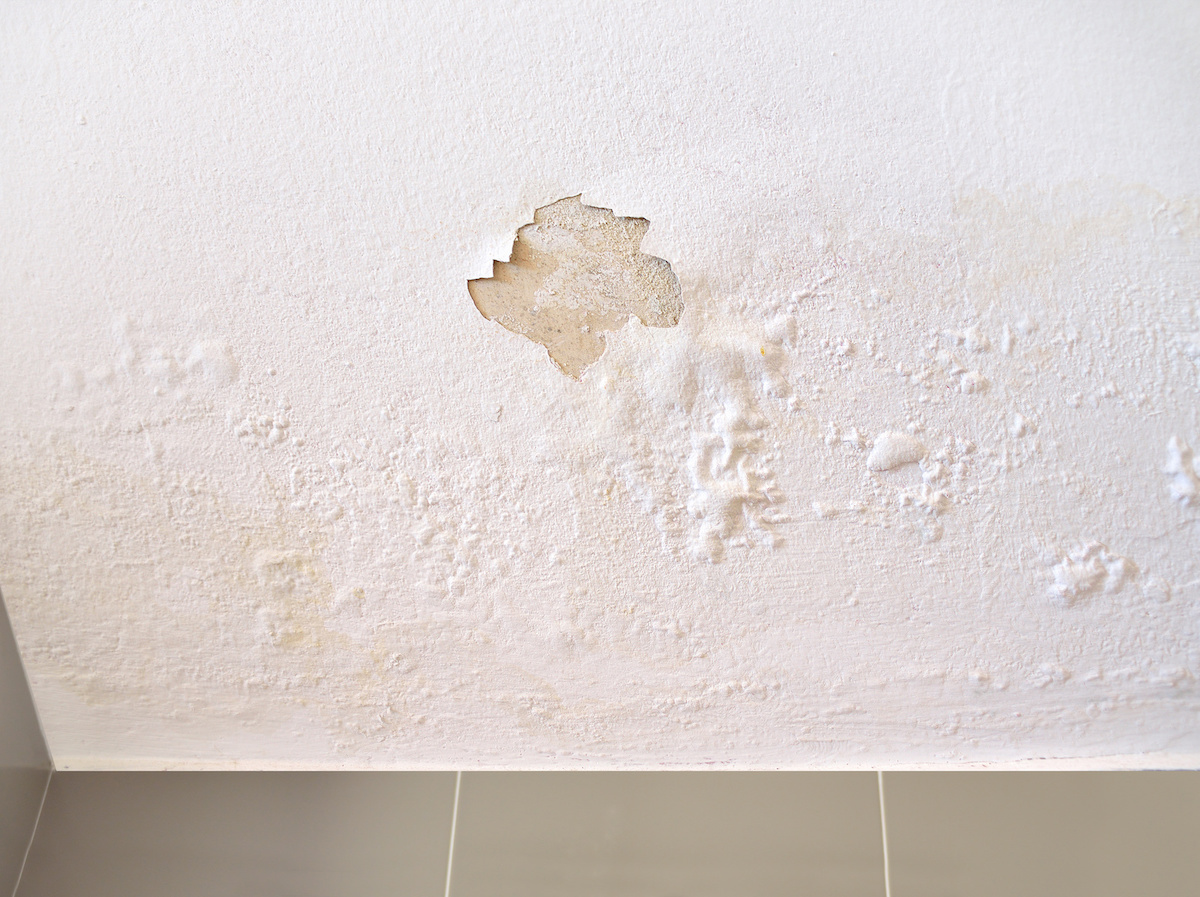Protecting Against Water Damage in the Bathroom
Protecting Against Water Damage in the Bathroom
Blog Article
What are your thoughts regarding Preventing Water Damage in the Bathroom?

The restroom is very prone for wet accumulation and prospective water damages as a result of the constant use of water in it. This article provides basic examination strategies to aid detecting water damage risks.
The regular use water in the washroom makes it exceptionally vulnerable for moist accumulation and potential water damages. By evaluating it routinely, you can decrease water related damages.
The adhering to set of assessments is simple to carry out and also must be done as soon as in every three months in order to keep your bathroom healthy and to prevent potential water problems caused by the bathtub, the shower, pipe joints and plumbing, sinks, cabinets, as well as the toilet
Do not overlook carrying out these evaluations and be comprehensive while performing them. Keep in mind that these simple examinations can conserve you a lot of cash by giving early indications for water damage
Sinks and also Cabinets
Sinks and also cupboards are exposed to dampness and also moisture everyday as well as are typically overlooked. Evaluate consistently under the sink as well as on the counter top above it. Fix any kind of drip in the trap as it may recommend drainpipe issues. Look around the sink, slow-moving draining pipes may show an obstructed drain. Replace sink seals if they are fractured or loosened.
Bathtub and also Shower
The shower and also tub require special attention and also maintenance. Check the ceramic tiles and change if split. Ensure that there is no missing out on grout between the floor tiles. Examine and also replace fractured caulking at joints where the walls meet the floor or the bath tub. Blocked drains and also pipelines issues will protect against the tub from drying and may indicate severe issues beneath the bath tub. Talk to a professional quickly to avoid structural damages. Take note of stainings or soft locations around the bathtub wall surfaces as they may show an interior leak.
Plumbing
Signs for water damages are difficult to detect considering that most pipelines are installed inside the wall surfaces.
Pay special attention to floor covering and also walls dampness as well as stains as they might indicate an unseen plumbing problem. Examine moisture degrees in adjoining areas as well.
The Commode
The toilet is an at risk water junction. Examine the water lines as well as look for leaks around the commode seat, in the hose, as well as under the water tank. If you find any indications of dampness on the floor around the commode, check for leakages in the toilet rim as well as container seals.
Understand that hanging commode bowl deodorants raises the chances for obstructions.
TIPS TO PREVENT WATER DAMAGE IN THE BATHROOM
The average household uses approximately 80-100 gallons of water per person per day. For a family of 4, that's almost 2,500 gallons of water a week! The largest portion of this consumption comes from bathroom use. Flushing the toilet uses the most water, followed by taking a shower or bath. With that much water running through the home, water damage in the bathroom is bound to happen. Knowing how to spot signs of a water leak is essential to preventing long-term damage. This guide provides you with tips to reduce the impact of water damage on your bathroom.
CAUSES OF BATHROOM WATER DAMAGE
Pipe breaks are the most common cause of water damage we see in our daily jobs. The age of a pipe plays a large role in a pipe break as well as corrosion. Over time, the metal begins to break down, allowing water to escape. Frozen pipe breaks are also a concern in the winter months. Toilet overflows caused by paper products or children flushing inappropriate items. Degraded caulking around the toilet or bathtub can allow water seepage, sometimes behind the fixture, into the subfloor or walls. Condensation forms when the water in a pipe is cooler than the air temperature. Beads of water form on the exterior of the pipes, sometimes so much so that the water begins to drip and pool below. Sink or shower backups created by poor drainage. HOW TO PREVENT WATER DAMAGE IN YOUR BATHROOM
Inspect your toilet supply line for worn or frayed hoses and replace them as needed. Winterize your plumbing to prevent a frozen pipe break. Use vent fans to prevent condensation that can lead to mold growth. Routinely check and replace degraded caulking around your toilet or bathtub. Increase the temperature in your toilet tank and insulate your pipes during the warm summer months to keep condensation from forming. Use child safety locks on the toilets. Flush only toilet paper. "Flushable" wet wipes are actually not good for your plumbing system. Additionally, feminine hygiene products should not be flushed. Prevent water from escaping the tub or shower. Make sure shower curtains are in good condition. Inspect shower doors and replace the seal strip if necessary. Wipe up any water that accumulates on the floor and use bath mats. Water left to sit can cause damage to the tiles and flooring. Refrain from using bath products containing heavy oils to avoid a clogged drain.

I am just very occupied with Preventing Water Damage in the Bathroom and I really hope you appreciated the entire blog entry. Sharing is caring. Helping people is fun. Thanks a lot for taking the time to read it.
Schedule Appointment Report this page